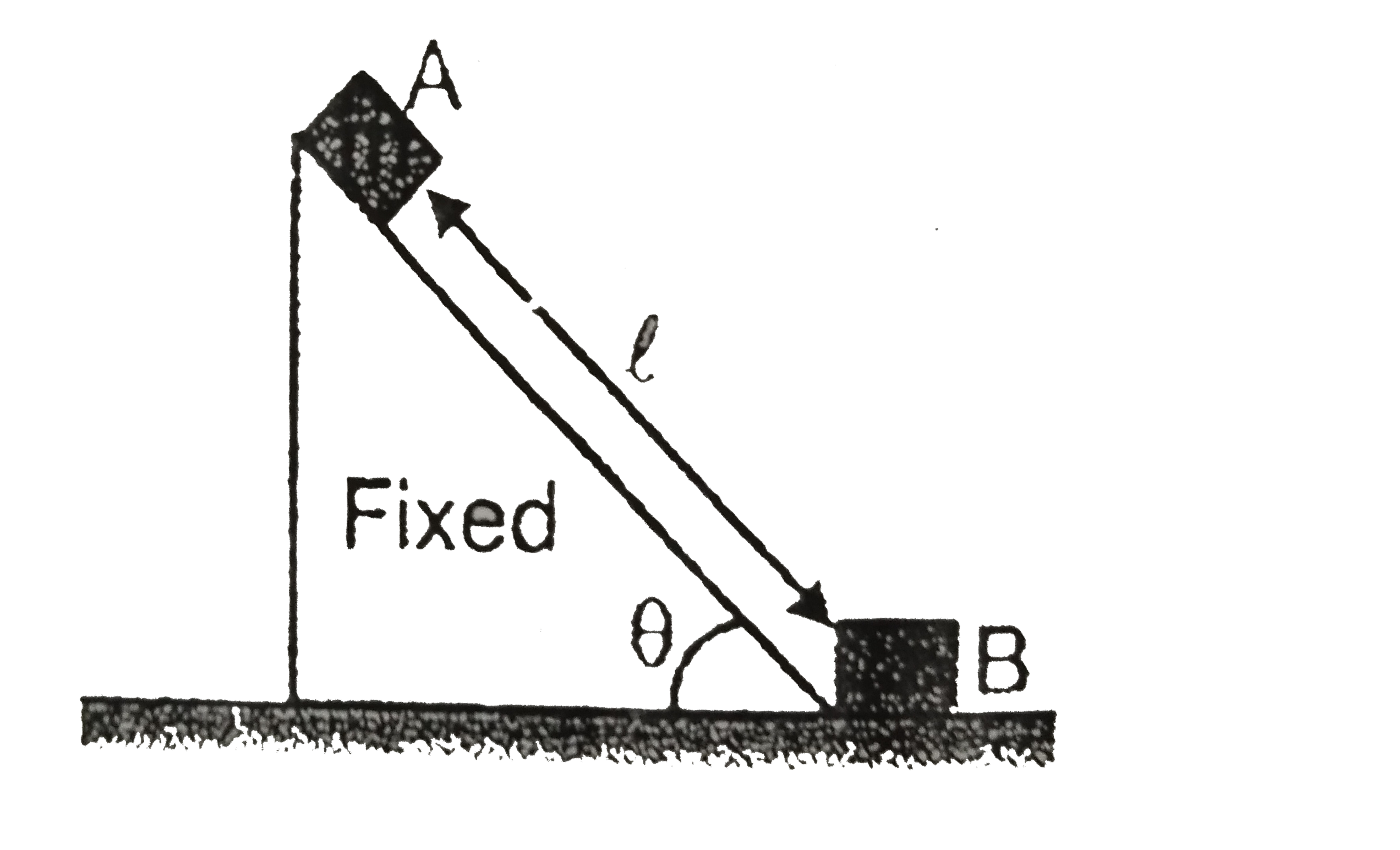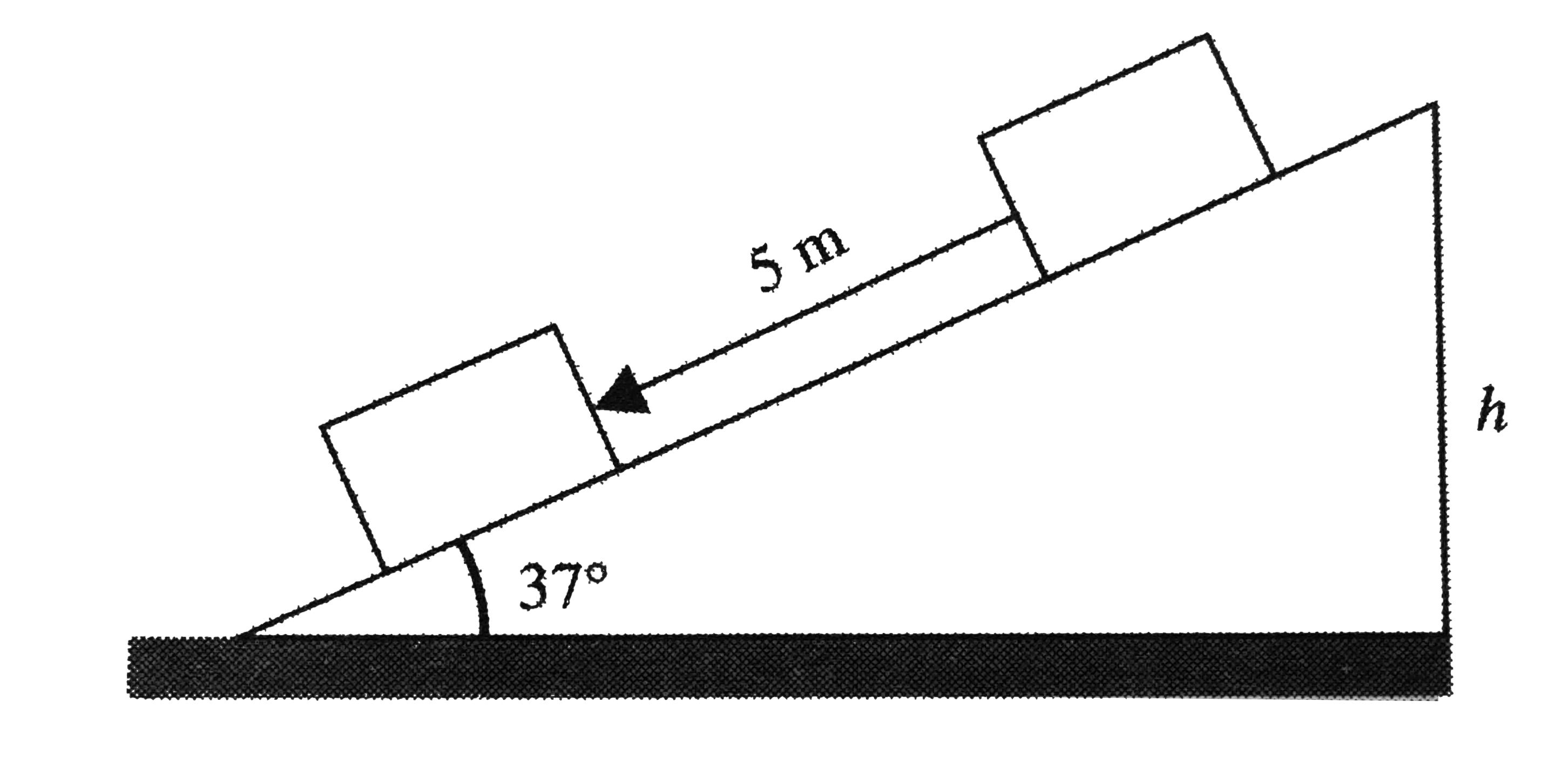Serveral blocks of magnesium are fixed to the bottom of a ship to
Prevent aciton of water and salt
Prevent puncturing by under sea rocks
keep away the sharks
Make the ship lighter
The correct Answer is:A
To solve the question regarding why several blocks of magnesium are fixed to the bottom of a ship, we can follow these steps:
1. Identify the Properties of Magnesium:
- Magnesium is a lightweight metal. This property is crucial for applications in shipbuilding, as reducing weight can enhance fuel efficiency and overall performance.
2. Consider the Affinity for Oxygen:
- Magnesium has a high affinity for oxygen, which means it can form a protective oxide layer when exposed to air. This oxide layer can help protect the underlying metal from corrosion, making it suitable for marine environments.
3. Evaluate Toughness:
- Magnesium is known for its toughness. This means it can withstand impacts and stresses that might occur in a marine environment, such as collisions with underwater objects.
4. Analyze the Options Given:
- The options provided in the question include:
- Preventing action of water and salt
- Preventing puncturing by undersea rocks
- Keeping away sharks
- Making the ship lighter
- Among these options, the one that aligns with the properties of magnesium is that it makes the ship lighter.
5. Conclusion:
- Therefore, the correct answer to the question is that magnesium blocks are fixed to the bottom of the ship primarily because they make the ship lighter.
Final Answer:
The correct option is D: "makes the ship lighter."
- Magnesium is a lightweight metal. This property is crucial for applications in shipbuilding, as reducing weight can enhance fuel efficiency and overall performance.
- Magnesium has a high affinity for oxygen, which means it can form a protective oxide layer when exposed to air. This oxide layer can help protect the underlying metal from corrosion, making it suitable for marine environments.
- Magnesium is known for its toughness. This means it can withstand impacts and stresses that might occur in a marine environment, such as collisions with underwater objects.
- The options provided in the question include:
- Preventing action of water and salt
- Preventing puncturing by undersea rocks
- Keeping away sharks
- Making the ship lighter
- Among these options, the one that aligns with the properties of magnesium is that it makes the ship lighter.
- Therefore, the correct answer to the question is that magnesium blocks are fixed to the bottom of the ship primarily because they make the ship lighter.
The correct option is D: "makes the ship lighter."
Topper's Solved these Questions
- S-BLOCK GROUP 2 - ALKALINE EARTH METALSBOOK - CENGAGE CHEMISTRY ENGLISHCHAPTER - S-BLOCK GROUP 2 - ALKALINE EARTH METALSEXERCISE - Exercises Assertion Reasoning
17 Videos
- S-BLOCK GROUP 2 - ALKALINE EARTH METALSBOOK - CENGAGE CHEMISTRY ENGLISHCHAPTER - S-BLOCK GROUP 2 - ALKALINE EARTH METALSEXERCISE - Exercises Integer
6 Videos
- S-BLOCK GROUP 2 - ALKALINE EARTH METALSBOOK - CENGAGE CHEMISTRY ENGLISHCHAPTER - S-BLOCK GROUP 2 - ALKALINE EARTH METALSEXERCISE - Exercises Multiple Correct
25 Videos
- S-BLOCK GROUP 1 - ALKALI METALSBOOK - CENGAGE CHEMISTRY ENGLISHCHAPTER - S-BLOCK GROUP 1 - ALKALI METALSEXERCISE - Archives Subjective
8 Videos
- SOME BASIC CONCEPTS AND MOLE CONCEPTBOOK - CENGAGE CHEMISTRY ENGLISHCHAPTER - SOME BASIC CONCEPTS AND MOLE CONCEPTEXERCISE - Archives Subjective
11 Videos
Similar Questions
Statement-I: Blocks of magnesium are ofter strapped to steel hulls of ocean going ships.
Because Statement-II: Magnesium causes cathode protection of iron.
View SolutionA small block of mass m is placed at the bottom of fixed circular smooth surface of radius R as shown in the figure If a velocity v. 14 gR is given to the block then maximum height from the bottom of circular surface, where block will leave the contact
View SolutionBlocks of magnesium metal are often strapped to the steel hulls of ocean going ships in order to:
View SolutionA small block A of mass m=5kg and charge 2×10−7C is kept on a fixed non conducting inclined plane whose inclination is θ=tan−1(3/4). The coefficient of friction between block A and inclined plane is μ=0.5. Another charged small block B is fixed at the bottom of the inclined plane. The distance between A and B is l=3cm. If Q1 and Q2 are the magnitudes of the minimum and maximum values of charges of B for which the block A does not slide then find the value of Q2Q1.
(Take g=10m/s2)
View SolutionThe most convenient method to protect the bottom of the ship made of iron is
View SolutionA block of mass m is suspended from a fixed support with the help of a cord. Another identical cord is attached to the bottom of the block. Which of the following statement is/are true?
View SolutionA wooden block of mass 8 kg is tied to a string attached to the bottome of the tank. In the equilibrium the block is completely immersed in water. If relative density of wood is 0.8 and g=10ms−2, the tension T, in the string is
View SolutionA block is placed on the top of a plane inclined at 37∘ with horizontal. The length of the plane is 5m. The block slides down the plane and reaches the bottom.

a. Find the speed of the block at the bottom if the inclined plane is smooth.
b. Find the speed of the block at the bottom if the coefficient of friction is 0.25.
View SolutionA cubical block of wood of edge a and density ρ floats in water of density 2ρ. The lower surface of the cube just touches the free end of a mass less spring of force constant K fixed at the bottom of the vessel. The weight W put over the block so that it is completely immersed in water without wetting the weight is
View SolutionA block is kept on an inclined plane of inclination θ of length l. the velocity of particle at the bottom of inclined is (the coefficient of friciton is μ)
View Solution